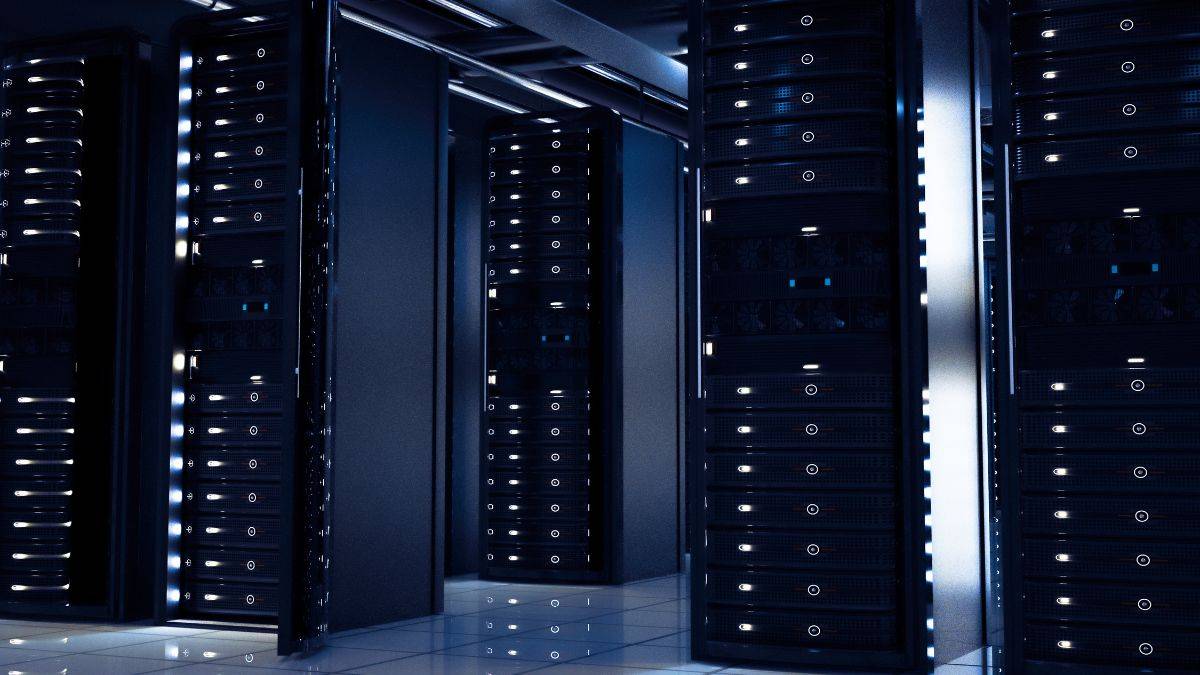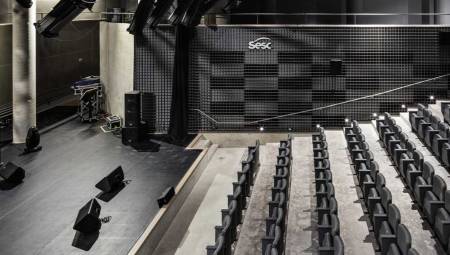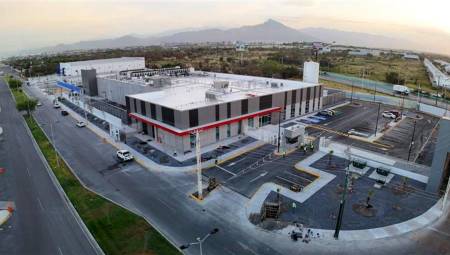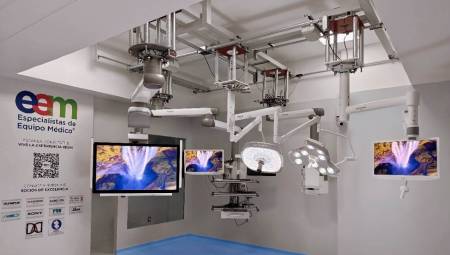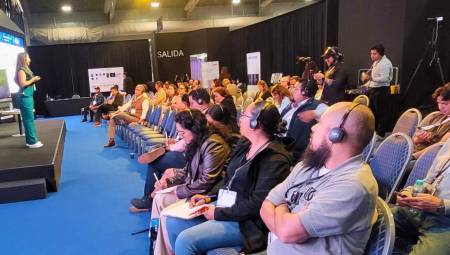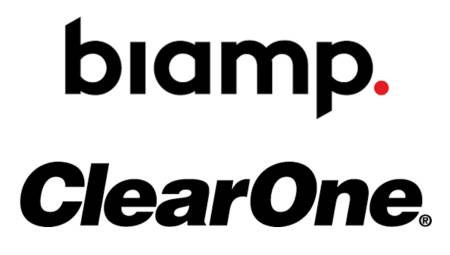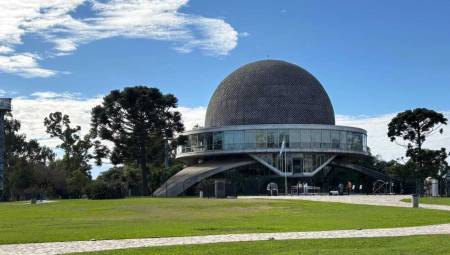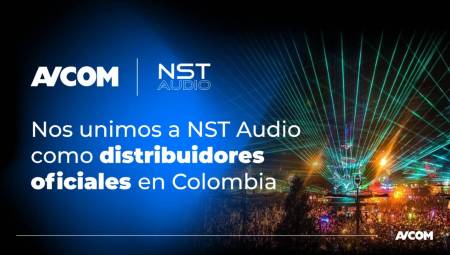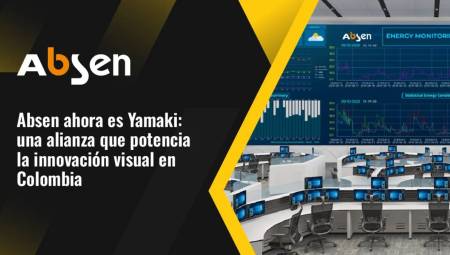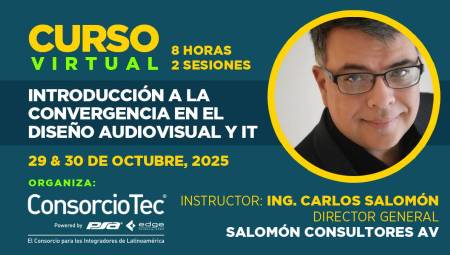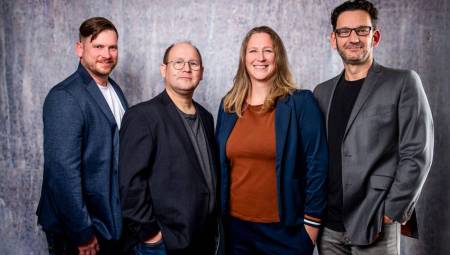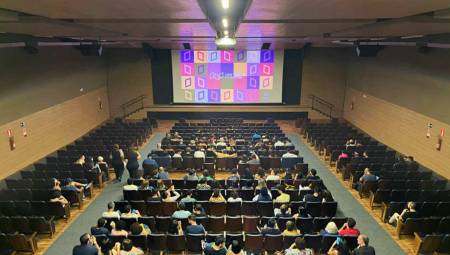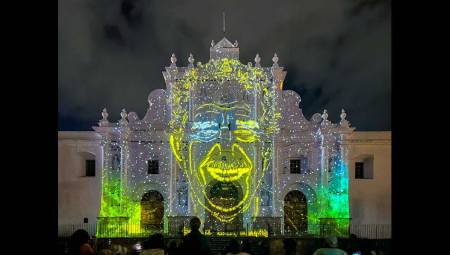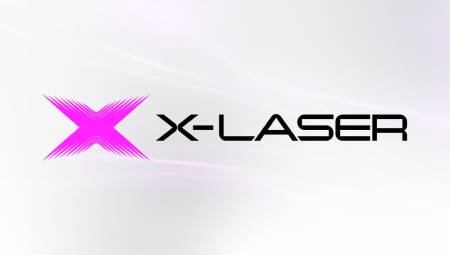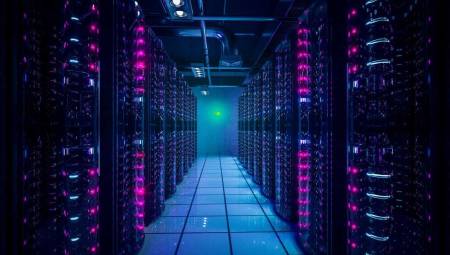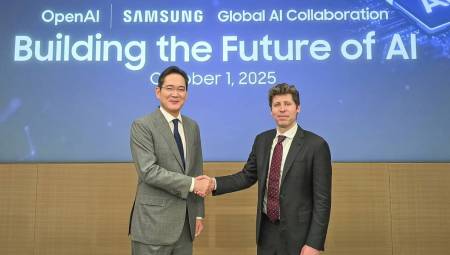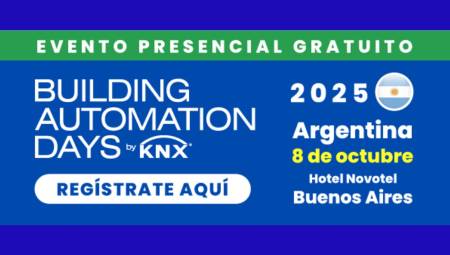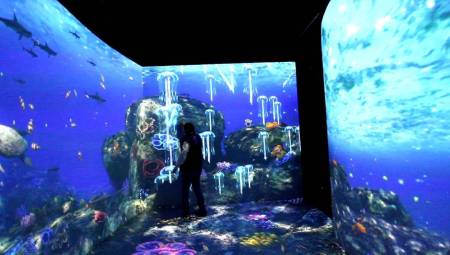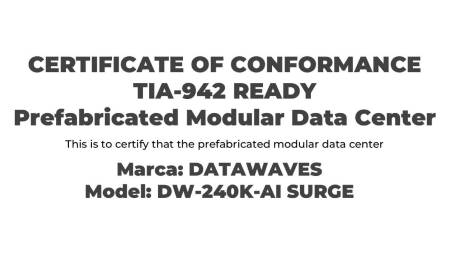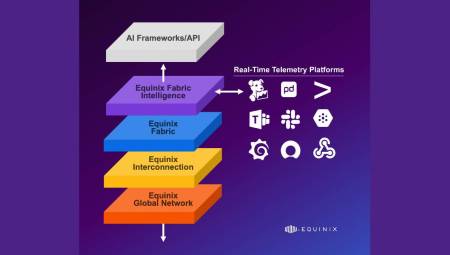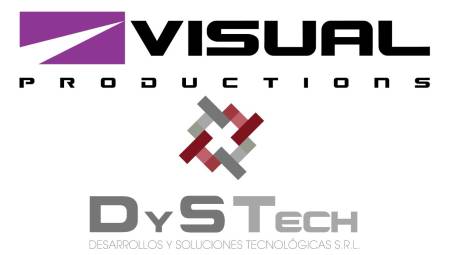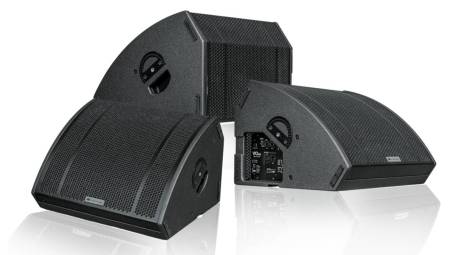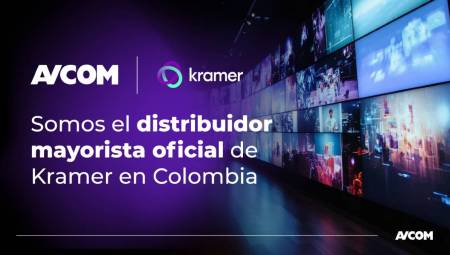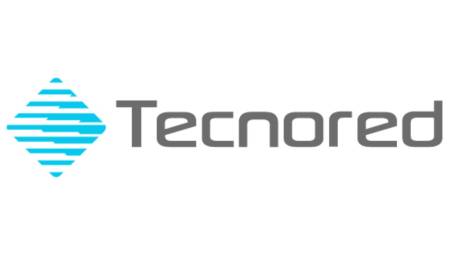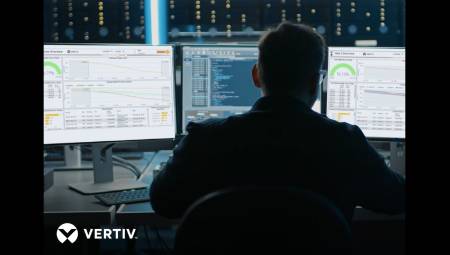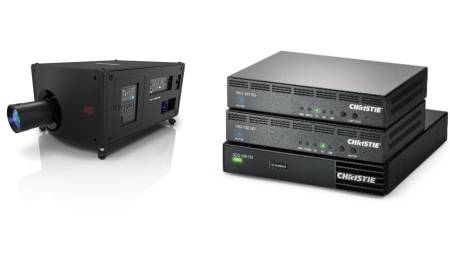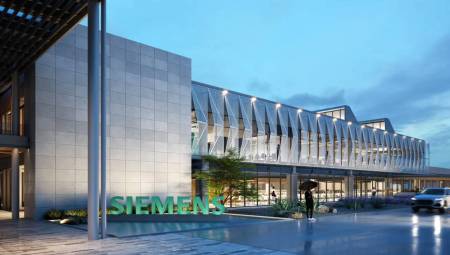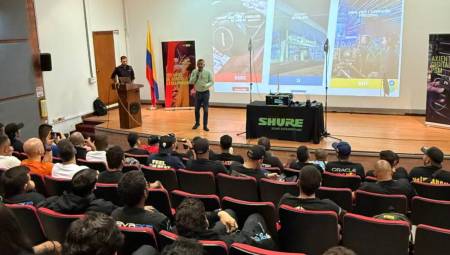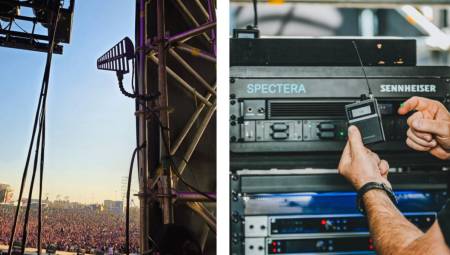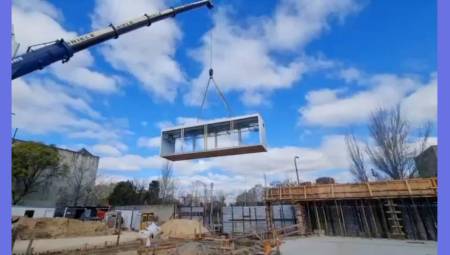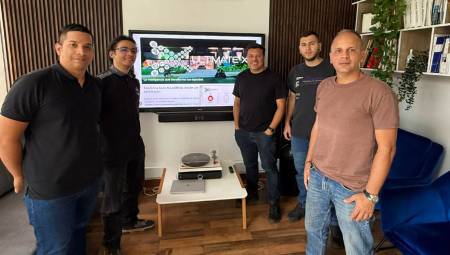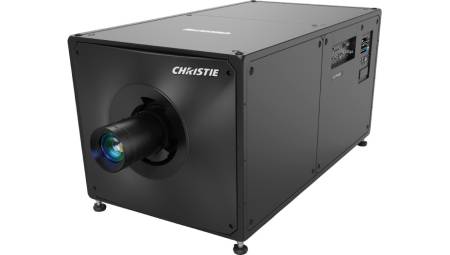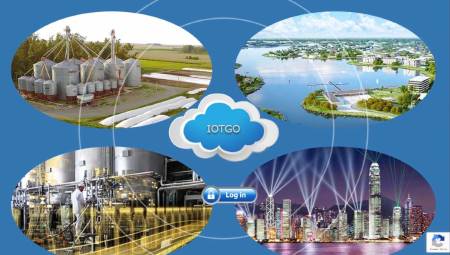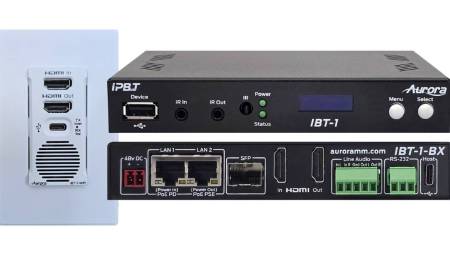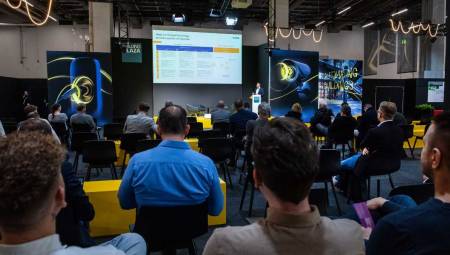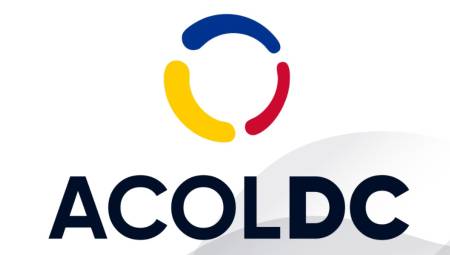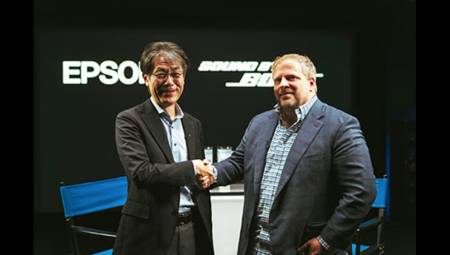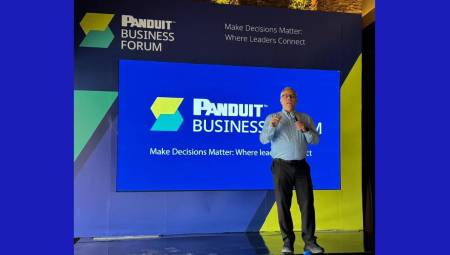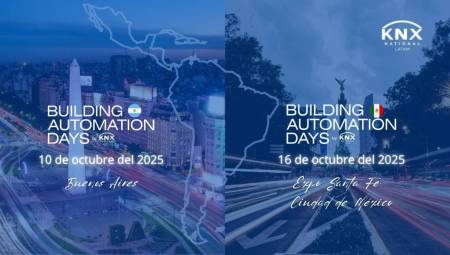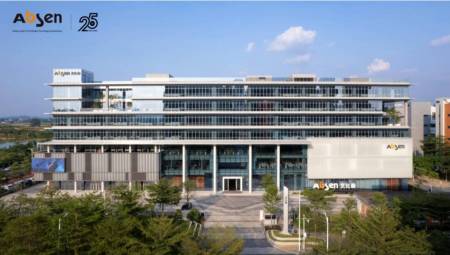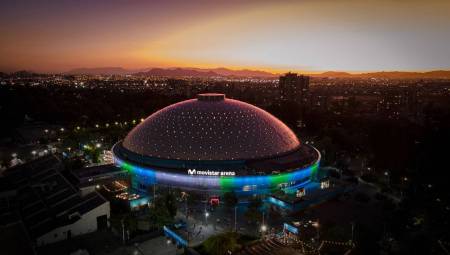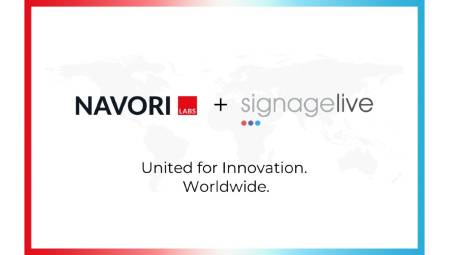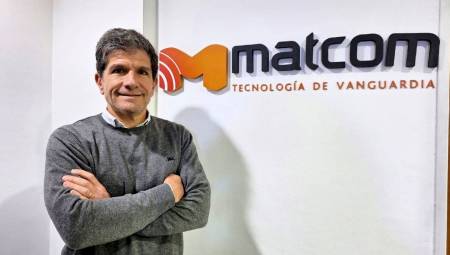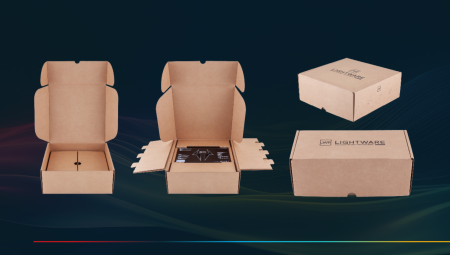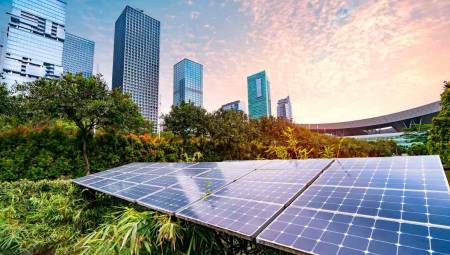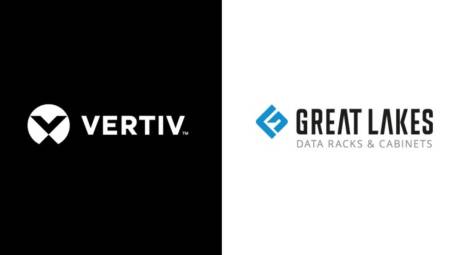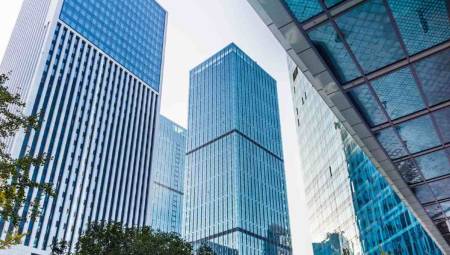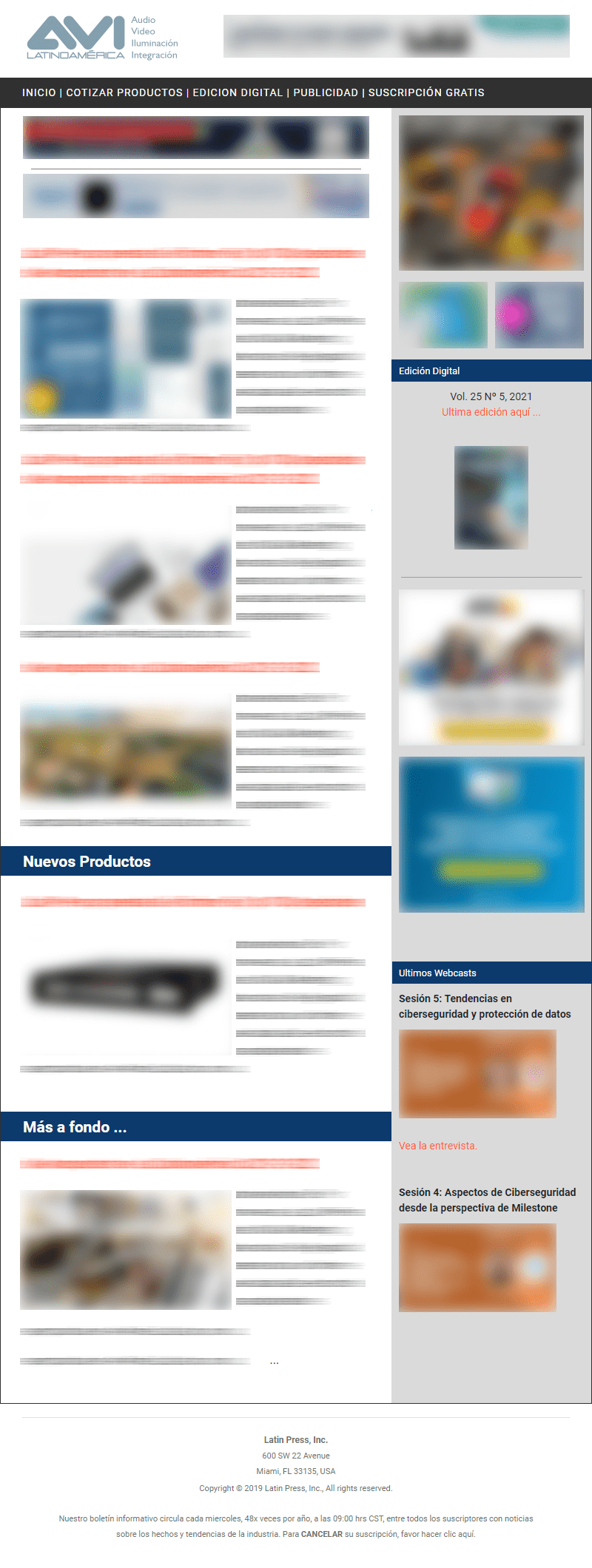Modern Data Centers are sophisticated facilities equipped with state-of-the-art technology. They are not empty spaces; they are the engine rooms of the digital age.
MEXDC
Digital transformation is a trend that is spreading around the world and that affects all economic sectors. During the COVID-19 pandemic, this industry took an important leap with the aim of creating and enabling digital tools for companies, governments and society in general to carry out their productivity, education and even entertainment activities from anywhere with an Internet connection.
The important development of this industry has generated information and conversations both for and against the arrival of these properties, which today constitute the backbone of the digital economy.
The Mexican Association of Data Centers, MEXDC, addresses the most frequent myths about this industry and how they really work:
Myth: Only Big Tech Companies Have Data Centers
Reality. In today's digital age, virtually every company operating with scalable digital infrastructure — that is, every medium or large enterprise that exists today — depends on some form of data center, whether it's to support their operational processes and communications through email or social media, and even their business development. That is, banks, insurance companies, agricultural companies and even traditional companies such as stationery stores, grocery stores, among many others that are not considered technological, also use Tasting Centers to manage information, automate processes or provide digital services.
Myth: Data centers consume excessive water and cause water stress in communities.
Reality: Data is concentrated in servers or racks that emit heat, so it must be cooled. Thanks to technology, today, unlike 20 years ago, cooling systems are mainly closed chambers that recirculate the same water and combine it with refrigerants, so water consumption is minimal, with the greatest water expenditure being that made by sanitary services or cleaning areas of data center workers.
A study presented by the Mexican Association of Data Centers (MEXDC) states that cooling 1 MW of capacity is equivalent to the water used to produce 6.4 kg of pork, which puts water use in perspective compared to other industries.
Myth: Data Centers cause electricity shortages in the regions where they are installed.
Reality: The International Energy Agency stresses that Data Centers consume between 1% and 3% of energy globally. In Mexico, energy-efficient technologies such as liquid cooling, lithium batteries, and smart management systems are being adopted.
The recent MEXDC study indicates that in the next five years the industry will require the generation of 1,500 MW by 2030, but currently only 300 MW are available. Also, the companies are investing in their own electricity infrastructure and in energy transmission infrastructure, which will be incorporated into the CFE network as a contribution to the modernization of the national electricity grid.
In regions such as Querétaro and the Bajío, where demand is more focused, investments are being made in public and private electricity generation infrastructures to meet the need for this resource.
Myth: Data centers operate without regulation or environmental responsibility.
Reality: Although Mexico does not yet have a specific regulatory framework for Data Centers, companies in this industry comply with all federal, state, and municipal regulations on energy, waste, land use, ecology, land use, and territorial planning, and also execute voluntary practices for compensation and mitigation of environmental impacts. Data Centers located in industrial parks implicitly comply with the environmental regulations applicable to them, since these spaces are regulated by legal frameworks that include environmental impact assessments, waste management and energy efficiency.
The MEXDC, through its partners, actively promotes dialogue with authorities to improve regulation and demystify the environmental impact of the sector.
Myth: Data centers operate in secrecy and without transparency.
Reality: The reserve and discretion with which these projects are handled responds to strict confidentiality protocols demanded by clients and operate with critical information, since it is the information of all of us who digitize our activities. Therefore, the Data Centers comply with rigorous local, national and international standards of security, sustainability and operation.
Myth: Data centers are just big warehouses.
Reality: Modern Data Centers are sophisticated facilities equipped with state-of-the-art technology. These are highly complex network communication hardware, state-of-the-art servers, and advanced cooling and electrical systems, all managed by highly skilled and certified professionals. They are not empty spaces; they are the engine rooms of the digital age.
Myth: Data centers are a passing trend.
Reality: These digital infrastructure properties are not a passing trend; They are a fundamental component of the modern digital economy. As our reliance on data and digital services continues to grow, the demand for robust and reliable data center infrastructures will continue to increase. They are essential to support emerging technologies such as AI, the Internet of Things or 5G connectivity, ensuring that they remain a fundamental part of our future. The global trend is towards greater efficiency in the operation of this type of property, the integration of renewable energies and geographical diversification to meet the growing demands for high-performance computing in a sustainable way.
Myth: All Data Centers are the same.
Reality: The Data Center industry is very diverse. There are significant differences between installations, particularly those designed for traditional cloud computing and those built to support computing workloads such as AI. There are private, cloud, colocation, hyperscale, edge, and other data centers.
Myth: Data centers have nothing to do with people.
Reality: From the beginning to the end of each person's day, data centers are intrinsically linked. For example, booking a trip, receiving a text message on your cell phone, the convenience of shopping online, managing your finances, being connected on social networks, storing photos, consulting an address or even a simple phone call. All of the above is possible thanks to Data Centers. Our dependence on these facilities is just as fundamental as our need for electricity in today's world.
These are just some of the most relevant myths and realities of Data Centers in Mexico. However, we must keep in mind that, just as this industry shows accelerated growth, there are other sectors that are also doing so, such as Food and Beverages, Agribusiness, Automotive, Manufacturing, Chemical Industry, Construction, Aerospace, Health, among others, whose growth depends largely on their digitalization since it optimizes the human, environmental and material resources of each industry.



